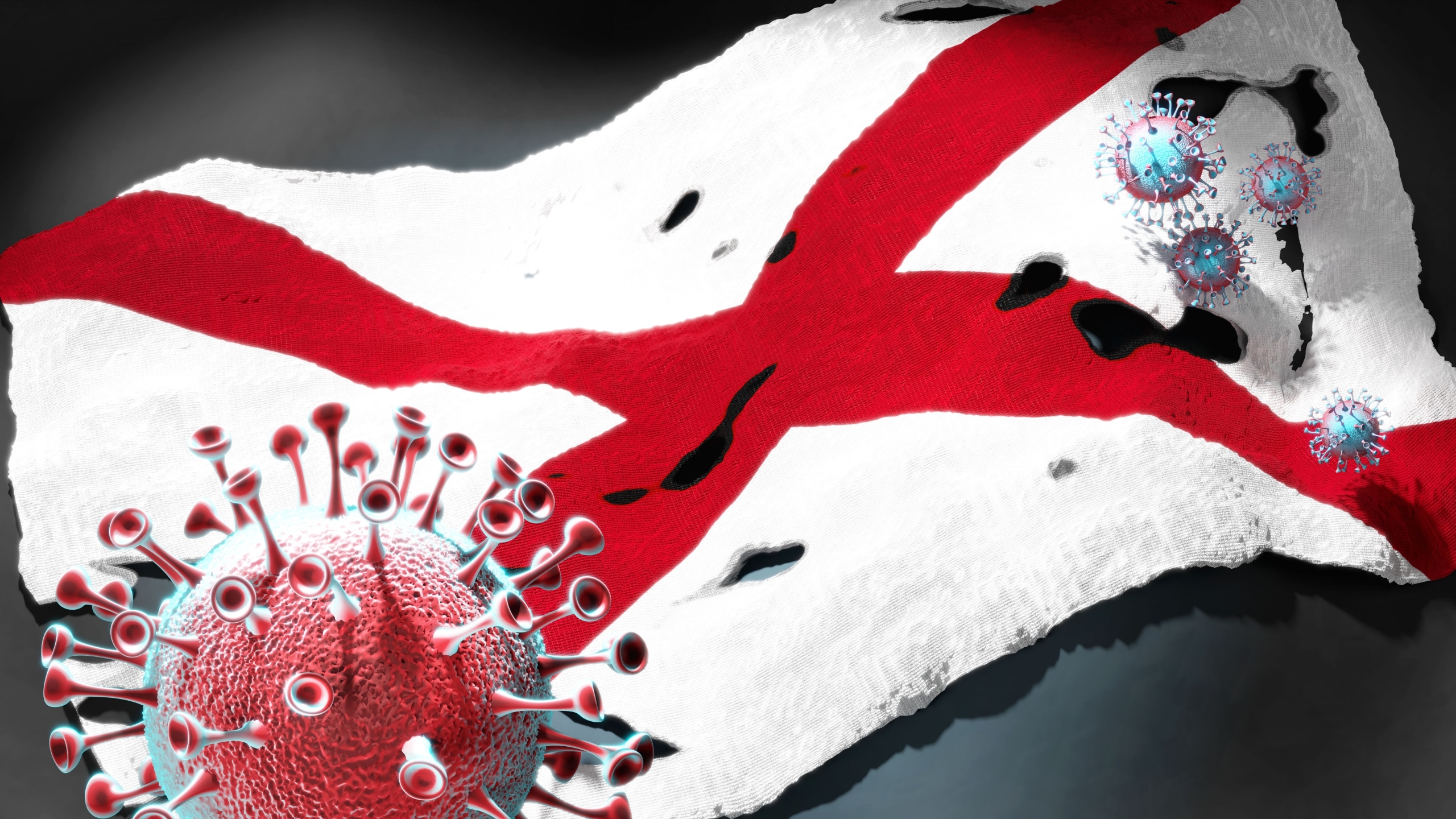The number of Alabamians who have died from COVID-19 surpassed 18,000 on Wednesday, reaching 18,007 confirmed COVID deaths, roughly the population of Selma.
The growing number of deaths in Alabama and across the U.S. continues despite new cases and hospitalizations having been in a decline in recent weeks after a surge caused by the more contagious omicron variant.
Deaths are a lagging indicator of the spread of the virus, as it can take days, weeks and even months for a death to occur after a person contracts COVID.
Alabama’s seven-day average of new daily cases reported to the Alabama Department of Public Health fell from 3,100 two weeks ago to 1,043 for the week ending Tuesday. COVID hospitalizations statewide fell by 52 percent during that time, dropping to 1,027 on Tuesday.
It’s important to note, however, that deaths aren’t the only bad outcome. More than half of everyone who contracts COVID-19 has some sort of longer health impact as a result, and some for many months afterward, Dr. Jeanne Marrazzo, director of infectious diseases at UAB, said in November.
It’s not just those who were so severely ill they required hospitalization who are experiencing long-term health impacts from COVID. For those who had COVID but were not hospitalized, common long COVID symptoms are fatigue, weakness, fever, night sweats, anxiety, insomnia and a loss of the sense of taste and smell.
While the latest surge caused by the omicron variant is receding, public health officials are closely watching the omicron BA.2 variant, the first case of which has been identified in Alabama, APR first reported on Tuesday.
The BA.2 variant makes up 3.8 percent of all new cases in the U.S. and has been detected in 30 states, according to the Centers for Disease Control and Prevention. A recent Danish study found the BA.2 variant to be 33 percent more infectious than the original omicron strain.
“Based on available data of transmission, severity, reinfection, diagnostics, therapeutics and impacts of vaccines, the group reinforced that the BA.2 sublineage should continue to be considered a variant of concern and that it should remain classified as Omicron,” the World Health Organization’s Technical Advisory Group on SARS-CoV-2 Virus Evolution said in a statement on Tuesday.






















































